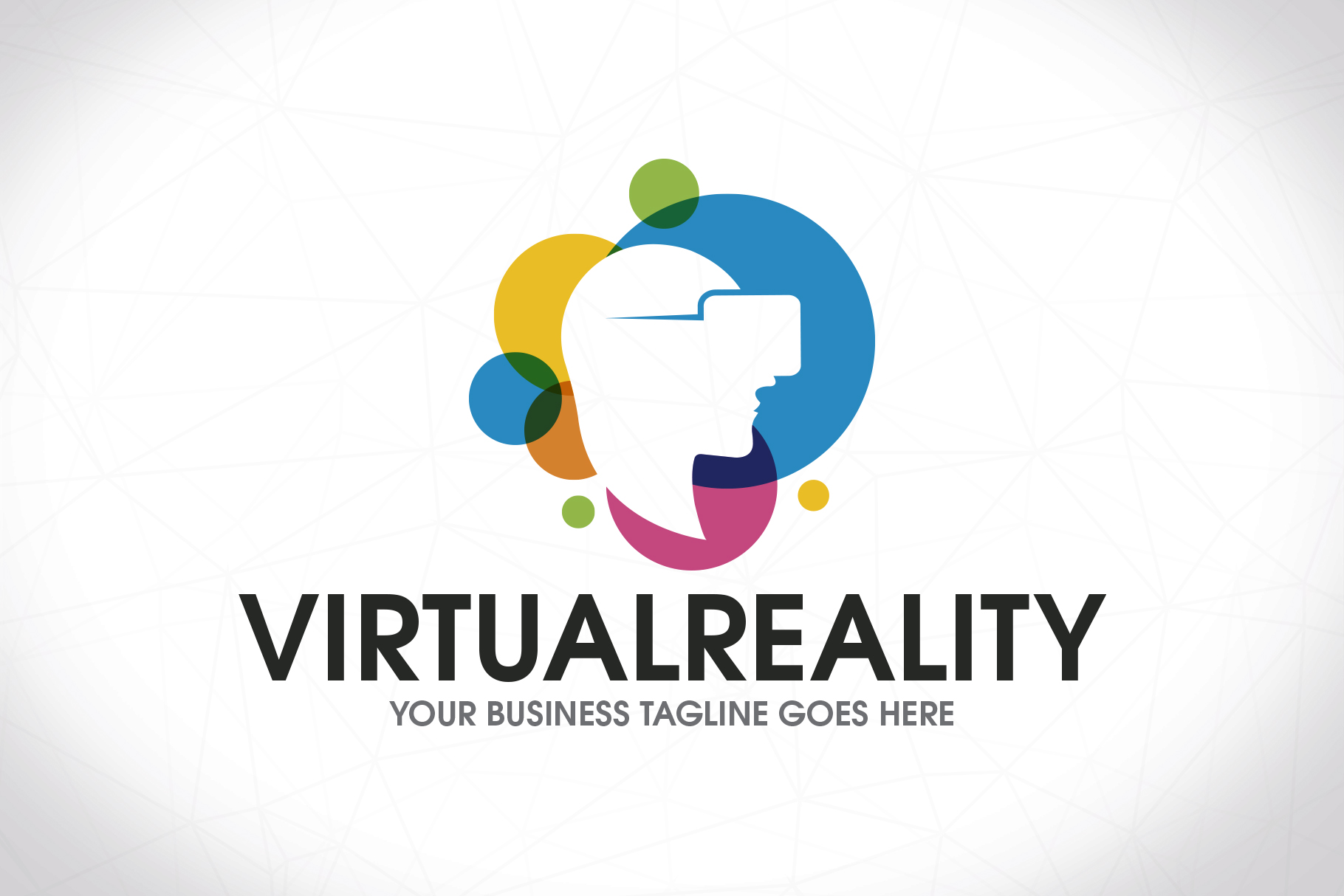


What is virtual reality?
Virtual reality (VR) refers to the use of computer technology to create a simulated environment that can be experienced by users in a realistic way. In a virtual reality environment, users can interact with objects and other virtual entities in a way that simulates real-life experiences.
The history of virtual reality can be traced back to the 1960s, when a group of computer scientists and engineers began working on developing the technology. Over the decades, the technology has evolved and become more sophisticated, leading to the development of the VR systems that we have today.
Early developments in virtual reality:
The early development of virtual reality can be traced back to the 1960s, when Ivan Sutherland, a computer scientist, created a device called the Sword of Damocles. This device was a primitive version of the head-mounted displays (HMDs) that we have today, and it allowed users to see virtual objects in a 3D space.
In the 1970s, Myron Krueger created the first interactive VR environment, called the "Videoplace." This system used cameras and sensors to track user movements and allowed them to interact with virtual objects in real-time. This was the first step towards creating an immersive virtual environment.
The 1980s and 1990s: Advancements in VR technology:
The 1980s and 1990s saw significant advancements in virtual reality technology. In 1985, the first VR headset was created by Jaron Lanier, who founded the company VPL Research. The headset, called the "EyePhone," used a computer to create a simulated environment that the user could see through the headset.
In the 1990s, VR technology became more accessible to the public, and several companies, including Sega and Nintendo, released VR systems for home use. However, these early systems were expensive and not very practical, and they failed to gain widespread popularity.
The 2000s: Gaming and beyond:
The 2000s saw the rise of virtual reality in the gaming industry. Companies such as Oculus VR and Valve Corporation developed VR headsets that were specifically designed for gaming. These headsets used high-resolution displays and advanced tracking systems to create a highly immersive experience for gamers.
In recent years, virtual reality has expanded beyond gaming and has been used in fields such as medicine, education, and even space exploration. For example, VR technology is being used to create simulations that allow medical students to practice procedures and surgeries in a safe and controlled environment.
The future of virtual reality:
The future of virtual reality looks bright, with many experts predicting that the technology will continue to evolve and become more accessible to the public. As the cost of VR hardware continues to decrease, it is likely that more people will be able to experience VR for themselves.
Conclusion:
Virtual reality is a technology that has been in development for decades, with roots dating back to the 1960s. Over the years, VR technology has become more advanced and accessible to the public, and it has been used in a variety of industries and fields. The future of virtual reality looks promising, with continued advancements in hardware and software that will make VR experiences more realistic and immersive than ever before.